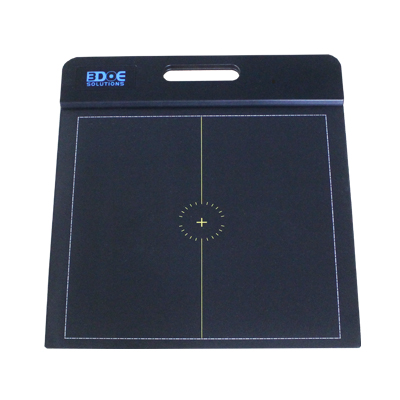
Tel :0755-86131192 86180201
Fax :0755-86180213
E-mail: info@3doe.com
Website: www.3doe.com
Address: 3A05, Minzhi Chamber of Commerce Building, Minzhi Avenue, Longhua District, Shenzhen
Are you here: Home > News > Industry NewsIndustry News
How the Plantar Pressure Distribution System Improves Running Form
Time:2025-02-06 15:47:33Source:深圳市精易迅科技有限公司Views:623
How the Plantar Pressure Distribution System Improves Running Form
1. Running is a highly repetitive sport that requires high body coordination, muscle strength and balance.
Correct running posture can not only improve exercise efficiency, but also effectively reduce the risk of injury. However, due to individual differences and long-term exercise habits, many runners have abnormal gait problems, such as overpronation, supination or uneven gait. The plantar pressure distribution system provides runners with scientific gait analysis and personalized optimization suggestions by accurately measuring the force on the plantar, thereby effectively improving running posture.

2. Working principle of plantar pressure distribution system
The plantar pressure distribution system is mainly composed of a high-precision pressure sensor matrix, a data acquisition device and analysis software. Its core technologies include:
Pressure sensor matrix: distributed on the insole or treadmill surface, it can record the force conditions in different areas and draw a plantar pressure heat map.
Inertial measurement unit (IMU): used to measure stride length, cadence, the ratio of swing phase to support phase, and dynamic balance during running.
Data analysis software: Use biomechanical algorithms to analyze force data and evaluate gait stability, symmetry and energy transfer efficiency.
3. The optimization effect of plantar pressure distribution system on running posture
(1) Correcting foot landing pattern
Different landing methods (forefoot landing, midfoot landing, heel landing) will affect running efficiency and joint force. The plantar pressure distribution system can detect the plantar force pattern at different stages of running, help runners understand their own landing method, and provide optimization suggestions. For example:
Heel strike: This method is common among joggers, but it may cause greater impact force to be transmitted to the knee joint. System analysis can prompt runners to reduce the impact force when the heel strikes, and optimize stride length and frequency.
Forefoot strike: Common among sprinters, it helps to improve propulsion, but if the pressure is concentrated on the forefoot, it may cause metatarsal stress injury. Pressure distribution analysis can help runners adjust the forefoot force balance.
Midfoot strike: considered to be a more balanced way of landing. The pressure distribution system can confirm whether the runner has a reasonable midfoot force pattern and optimize its stability.
(2) Optimizing gait balance
During running, the force on both feet should be relatively symmetrical to ensure movement stability. However, due to uneven muscle strength or different exercise habits, some runners may have uneven force on the left and right feet. The plantar pressure distribution system can monitor the difference in force between the two feet in real time and provide data feedback to help runners adjust their pace and make their running posture more balanced, thereby reducing sports injuries caused by unbalanced gait.
(3) Preventing excessive internal rotation and external rotation
During running, the rotation angle of the foot affects the movement chain of the lower limbs.
Overpronation: refers to the excessive collapse of the arch of the foot when landing, which causes excessive pressure on the inner side of the sole, which may cause shin pain or plantar fasciitis. The plantar pressure distribution system can detect whether the medial pressure is abnormally high and recommend the use of appropriate running shoes or corrective insoles.
Excessive external rotation (Supination): refers to the excessive outward rotation of the arch of the foot when landing, resulting in greater impact force on the outside of the sole of the foot, which may increase the risk of ankle sprain. System analysis can help runners optimize the landing angle and avoid injury.
(4) Improve energy transfer efficiency
During running, the pressure distribution on the sole of the foot will affect the energy transfer efficiency. The ideal running posture should ensure that energy is transferred from the sole of the foot to the calf and thigh in sequence, without causing energy loss due to unreasonable force patterns. The plantar pressure distribution system can quantify the energy transfer at different stages of the running process, guide runners to optimize their gait and improve their running efficiency.
The plantar pressure distribution system can help runners optimize their landing method, adjust their gait balance, prevent gait abnormalities, and improve energy transfer efficiency by accurately measuring the force pattern of the sole of the foot. With the development of smart wearable devices, the plantar pressure monitoring system will further combine artificial intelligence and real-time feedback technology in the future to provide running enthusiasts with more personalized and scientific running posture optimization solutions.
Scientific and rational use of this system can not only improve running performance, but also effectively reduce the risk of sports injuries, making running safer and more efficient.




